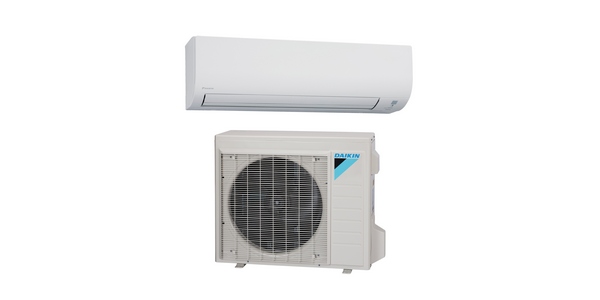New Steam Boiler Video Highlights Safety Concerns
ROCKMART, Ga. – While it is generally agreed that industrial steam boilers are safe, a new video, https://youtu.be/5hio_2TJa6Q, explains why some boilers may be safer than others based on the laws of physics, as well as a boiler’s physical design.
The four-minute video addresses a range of safety concerns, from the potential for catastrophic explosion, to everyday safety issues that can result in injury, loss of work, increased downtime, higher insurance costs and related productivity shortfalls.
While day-to-day safety issues may not get the same media coverage as an explosion, they are front and center when it comes to people who work with, and around, industrial steam boilers.
Mike Reiber, a recognized expert in the food processing industry, is one of those people.
“As a consultant with 20+ years of experience, one of the things I bring to the table is a focus about functionality first, maintenance and sanitation second, form third and safety always,” stated Reiber. “If the equipment doesn’t meet those checkpoints, I push back on vendors and suppliers to find a better way.”
As COO of Dancing Goat Distillery, Reiber replaced the company’s boilers with Miura boilers, stating “With Miura, the design and layout of all the touch points makes sure that my operators, or myself, don’t come out with battle scars, so to speak, on our arms.”
While the laws of physics play a key role in the potential for catastrophic events, everyday safety concerns are often triggered by a boiler’s physical design, and related installation requirements, operational needs and ongoing maintenance.
To illustrate the difference, the new video contrasts the enormous hanging doors of traditional firetube boilers that must be opened and closed during routine maintenance, as opposed to watertube boilers, like Miura, which have none.
Mounted on a davit arm with heavy steel on the front and refractory in the back, these doors can weigh thousands of pounds and present enormous physical challenges. Often, jacks are required to line up the doors so bolts can be screwed in using an impact wrench, while standing on a ladder, causing an additional safety concern.
The potential for injury, based on this difficult procedure alone, can result in back problems due to the heavy lifting involved, finger trauma and amputation due to doors shifting while trying to line up holes, falling from the ladder due to required body manipulation to start bolts with an impact gun, finger lacerations due to replacing gaskets, eye injury due to gasket pins flying off and more.
Of course, while catastrophic explosions are rare, they remain at the top of the list when it comes to safety concerns and are addressed in the video by quoting from R. Dean Wilson’s well-accepted reference tool, “Boiler Operator’s Workbook.”
Answering the question, “Why is an explosion generally less disastrous in a watertube boiler than in a firetube boiler?” he writes: “In a watertube boiler, the large volume of water is distributed into many small tubes, and the volume of water in the drum is comparatively small. If one watertube bursts, the pressure in the entire pressure vessel is bled off slowly, and the tendency of the large body of water to flash into steam is minimizes …
“In a firetube boiler, a sudden crack in the shell or a flue pulled loose at the end causes the entire body of water to be subjected to a sudden and substantial drop in pressure. The huge volume of flash steam that results can cause an explosion of tremendous force.”
“With more than 140,000 units in operation world-wide, Miura’s “safer-by-design” once-through, watertube boilers have experienced zero catastrophic vessel failures resulting in casualty,” notes Paul O’Donnell, Miura’s vice president of strategic development. “That’s the best safety record in the steam boiler industry and, along with our physical design and many other safety features, it’s another reason why more companies are buying, or switching to, our made in America steam boilers and accessories.”




